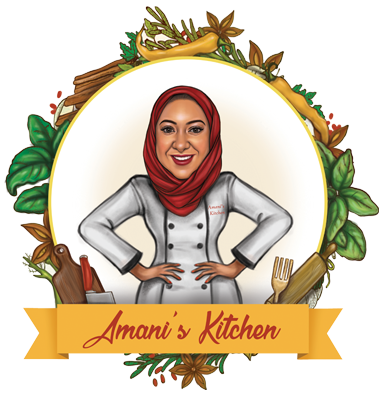Introduction Middle Eastern art is renowned for its intricate patterns, rich colours, and deep cultural…
The Connection Between Cooking and Painting: A Creative Journey
Introduction
Both cooking and painting are profound forms of artistic expression, each involving creativity, emotion, and a deep understanding of composition. While one uses a canvas and pigments, the other employs a plate and ingredients, yet both share a fundamental connection in their ability to evoke sensory experiences and tell a story. This article explores the parallels between these two art forms and how they influence one another in the realm of creativity.
Composition and Balance
In both painting and cooking, composition plays a crucial role in creating a harmonious final piece. Artists carefully arrange elements on a canvas, considering principles like the rule of thirds, symmetry, and focal points. Similarly, chefs meticulously plate dishes, ensuring a balance of colours, textures, and spacing to create an aesthetically pleasing presentation.
- Colour Theory: Artists blend colours to create moods and contrast, while chefs use vibrant ingredients to enhance visual appeal.
- Negative Space: Just as a painter uses empty spaces to draw attention to key elements, a chef may leave parts of a plate unadorned to highlight the main ingredients.
Textures and Layers
Texture is another key similarity between cooking and painting. In painting, brushstrokes, layering, and different mediums create depth and dimension. In cooking, the interplay of crispy, smooth, creamy, and crunchy textures enhances both visual and sensory appeal.
- Layering Techniques: Just as painters apply multiple layers of colour, chefs build layers of flavour and texture in dishes such as lasagna, mille-feuille, and elaborate plated desserts.
- Contrast: A painting’s texture might juxtapose rough with smooth, much like how a dish combines a crispy crust with a velvety sauce.
Expression of Emotion and Storytelling
Both disciplines serve as vehicles for storytelling and personal expression. A painting may capture an artist’s emotions, experiences, or cultural influences, just as a dish reflects the chef’s background, inspiration, and culinary journey.
- Cultural Reflection: Traditional art styles often mirror a region’s history, and cuisine follows the same pattern, preserving and celebrating heritage through flavour.
- Mood and Atmosphere: A dark, moody painting can evoke deep emotions, just as a rich, hearty dish can provide comfort and warmth.
Experimentation and Innovation
Great painters and chefs push boundaries, experimenting with techniques, materials, and forms to create something new and impactful.
- Abstract Expressionism in Food: Just as abstract artists break free from traditional techniques, modern chefs embrace deconstructed dishes and molecular gastronomy.
- Cross-disciplinary Influence: Some chefs draw direct inspiration from paintings, replicating famous artworks on plates through intricate chocolate work, sauces, and edible flowers.
The Role of the Senses
While painting is predominantly visual, cooking engages multiple senses—sight, taste, smell, and texture. However, both art forms share a connection in their ability to captivate and transport an audience through sensory stimulation.
- Visual Appeal: The first impression of a dish, much like a painting, determines the audience’s immediate reaction.
- Multi-Sensory Experience: Some art exhibitions incorporate scents and textures, similar to how restaurants craft immersive dining experiences.
Conclusion
Cooking and painting are deeply intertwined in their use of composition, texture, colour, and storytelling. Both require an artistic vision, a mastery of technique, and a passion for creativity. Whether on a plate or a canvas, they reflect personal and cultural narratives, demonstrating that the worlds of food and art are beautifully interconnected. As artists continue to take inspiration from chefs, and chefs from artists, this creative journey between the kitchen and the studio remains an evolving and exciting dialogue.
